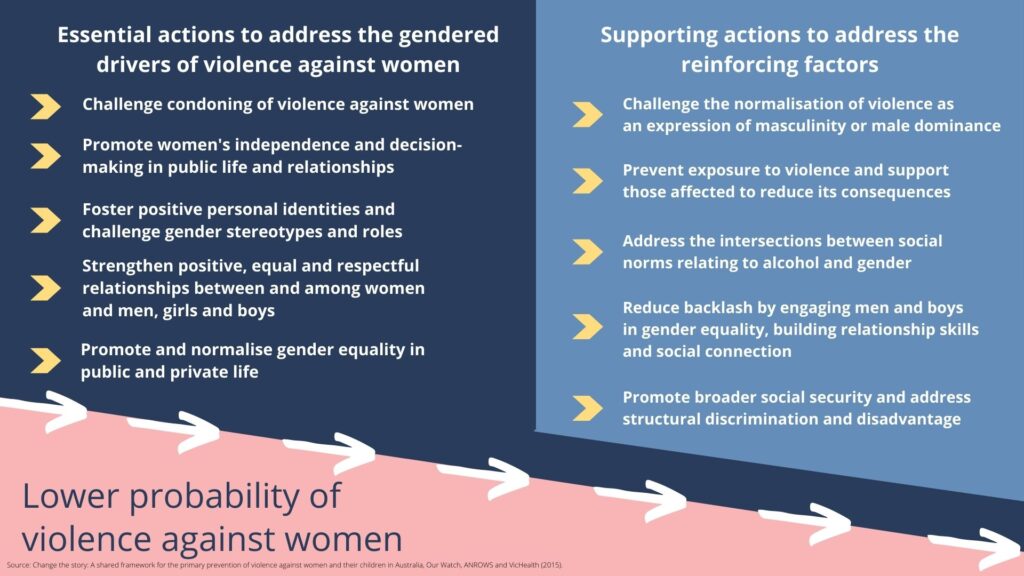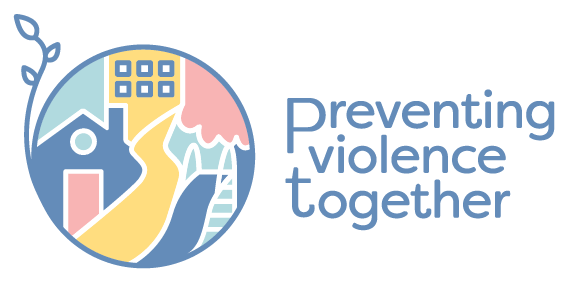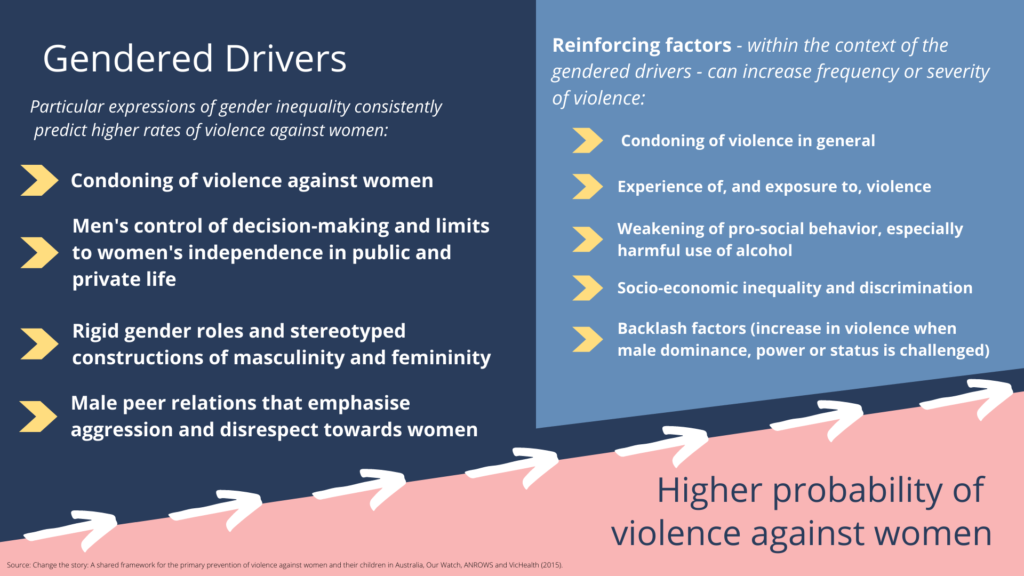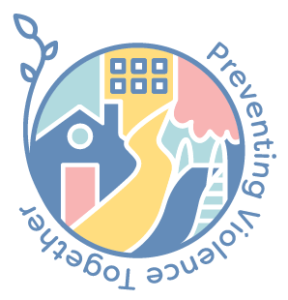How Do We Prevent Violence Against Women?
International research shows us that countries with higher levels of gender equality have lower rates of violence against women.
To prevent violence against women, we must undertake key, mutually reinforcing actions that address the drivers of violence, across priority settings, using proven and promising techniques and tailored to the context and needs of different groups, so that we can reach everyone.



